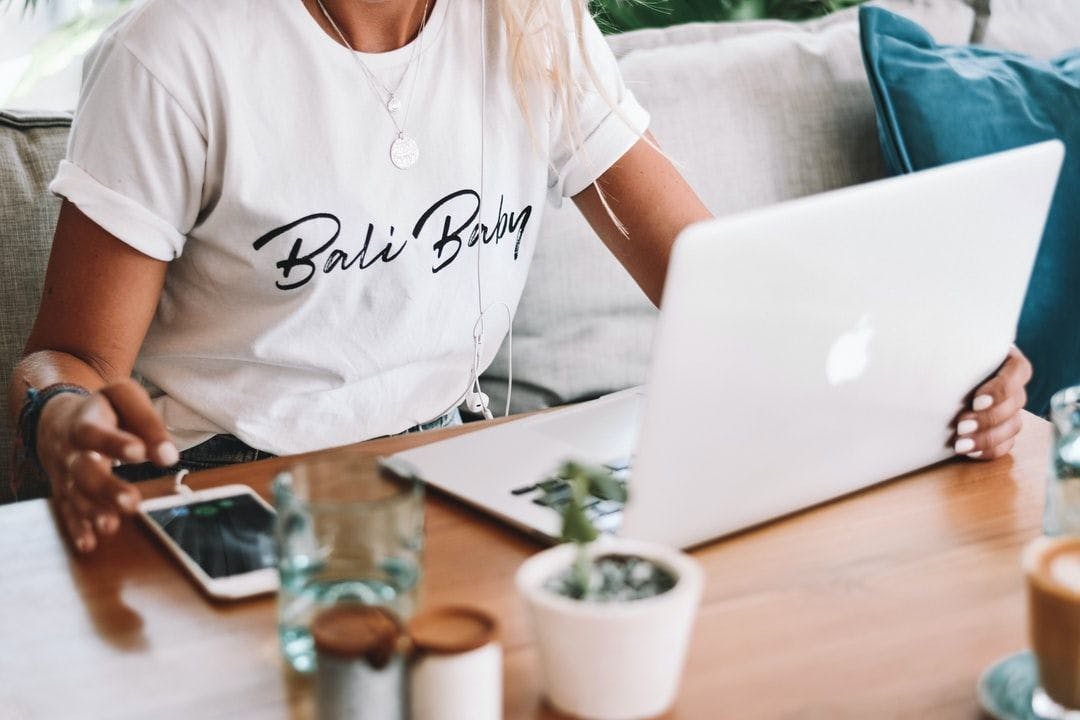Fake influencers do exist. This is a fact you can't deny. Did you know that
Following the removal of Instagram's feature that shows how many likes a post has received, influencer fraud dropped for a while. With engagement being a primary indicator for success in influencer marketing, fraudsters have found ways to circumvent this. They know that software will be used by marketers to find account engagement.
While engagement rates are crucial in an influencer search, it is important that we examine all aspects of a social network profile in order to filter out fraudulent influencers. Don’t forget, influencer fraud isn’t only happening on Instagram. You will find YouTube and
Types of Influencer Fraud
Influencer fraud is a complex topic that involves many different behaviors. There are some accounts that stick out like sore thumbs. There will be strange content, comments in many languages and not related to the post, as well as comments that are completely different from what you expected. You can immediately delete these accounts.
This is where things get tricky. You need to find influencers who produce high-quality content for well-respected brands and appear completely legit. These influencers believe that number of followers is more important than quality content. To give their accounts that extra boost, they could buy followers. These influencers may be very sneaky as they can find ways to purchase likes, comments or followers in a way that is more difficult to spot and often goes unnoticed.
How to Identify Fake Instagram Influencers
- Check out their posts. This is quite self-explanatory. High-quality content is what you will be looking out for. Remember to examine the dates for these posts. Are they posting enough to attract as many followers as possible? Is it possible to not post for long periods of time?
- Look at their comments. Comments are a great indicator that influencer fraud has been mentioned. It is possible to notice strange account names and comment content, as well as languages that are different if you have purchased comments. It is always worth looking at the commenter’s accounts.
- See their likes. Instagram users can no longer access the likes of posts after this feature was removed. There are many tools to help you get this information. Determine if their likes seem excessive compared to the number they have followers. Do their likes change between posts?
How an influencer platform can help
While we might be biased, influencer fraud is something that we strongly recommend. Heepsy is a platform that allows you to
Analyzing an influencer's profile will require you to consider more than the audience authenticity metrics. However, this is only a good starting point. It is possible to see the percentage of "suspicious" followers. This percentage is based on behavior that is typical of bots or bought followers. You should consider other metrics as well.
-
Engagement rates Heepsy will display an influencer's engagement percentage without the need to scroll through hundreds of posts and try to identify likes, comments, or both. This is calculated against the average of influencers in their respective category. This is a critical element to measure, since it will indicate the quality of followers. It shows how the influencer interacts with their followers. A high engagement rate may indicate that there have been purchased likes or comments.
-
Follower growth rate Without an influencer marketing platform, it is impossible to assess the growth of followers over time. It is important to monitor a steady rate of growth in your followers. If you notice sudden increases or decreases in followers, it's likely that something is up. Influencers may buy 1000 followers per day and this could indicate an unexpected increase.
-
Comments and likes ratios This metric works in the same way as identifying unusual comments or likes to posts. Most influencers will choose one over the other. This can be seen in the influencer's ratio. For example, an influencer might have many likes and very few comments. This ratio is useful in identifying fake influencers because it provides an average score for the size of each influencer. Heepsy also provides many insights that can be used to detect fake influencers. These are not the only important ones. The profile's overall quality score, which takes into consideration all metrics, is a reliable indicator. But it is a good idea not to go too deep.
Conclusion
While the idea of influencer scamming can be a little off-putting, it is possible to still pursue an influencer campaign. The industry is predicted to grow to $16.4 billion this year . It is producing incredible results for brands, regardless of their size. It is possible to choose genuine influencers for your campaign by taking the time and utilizing the features offered by an influencer marketing platform. An influencer marketing platform can help you to decide between using
Instagram influencers or Twitch streamers, to make a positive impact on your campaign.


